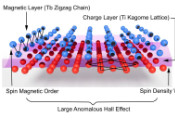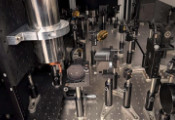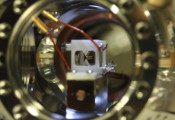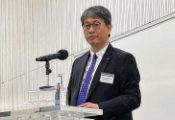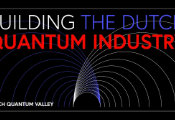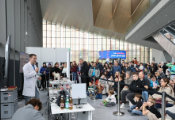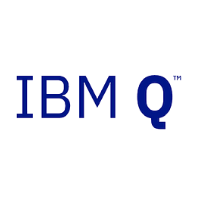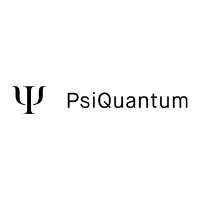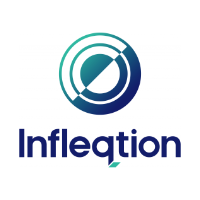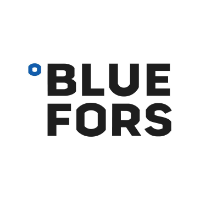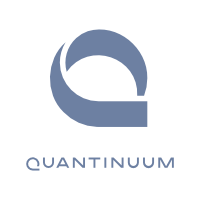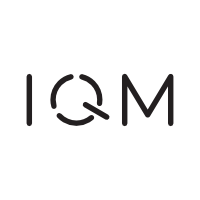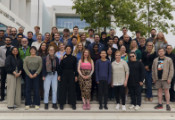Junjie Yao Receives 2025 Young Investigator Award From IC-UEBA
July 21, 2025 - Junjie Yao, an associate professor of biomedical engineering at Duke University, received the Young Investigator Award from the International Conference of Ultrasound Engineering for Biomedical Applications. Supported through the IEEE Ultrasonics, Ferroelectrics, and Frequency Control Society, the award is intended to celebrate early-career researchers who have demonstrated outstanding potential and excellence in scientific research.
Yao was recognized for his significant contributions to photoacoustic imaging and deep-tissue functional imaging, technologies that have expanded the frontiers of non-invasive imaging in neuroscience and vascular biology.
Yao is a pioneer in photoacoustic imaging (PAI), which is a method of imaging that uses short laser pulses and ultrasound waves to create detailed and colorful biomedical images of the biological tissues. Unlike other imaging technologies, like X-ray, CT scans or MRI, PAT allows researchers to quickly and accurately image everything from a single cell to an entire body. Besides improved scalability, photoacoustic imaging allows researchers to gather functional and molecular information about tissue and cellular targets.
Since joining Duke in 2016, Yao has developed and applied PAI technologies to study important biomedical questions with clinical insights, like the real-time development of a placenta and the tracking of deep-brain activity during stroke. His numerous collaborations have resulted in impressive work including the creation of a specialized ink that can harden when exposed to focused ultrasound waves to create biologically compatible structures and the discovery of how glassfrogs hide red blood cells in their liver to become transparent.
“I am honored and deeply grateful to receive this recognition,” said Yao. “This award underscores the exciting potential of photoacoustic imaging to transform how we understand complex biological systems, from cellular dynamics to whole-body functions. I’m particularly thankful for the support of my colleagues and collaborators at Duke and beyond, whose dedication has made these advancements possible.”


